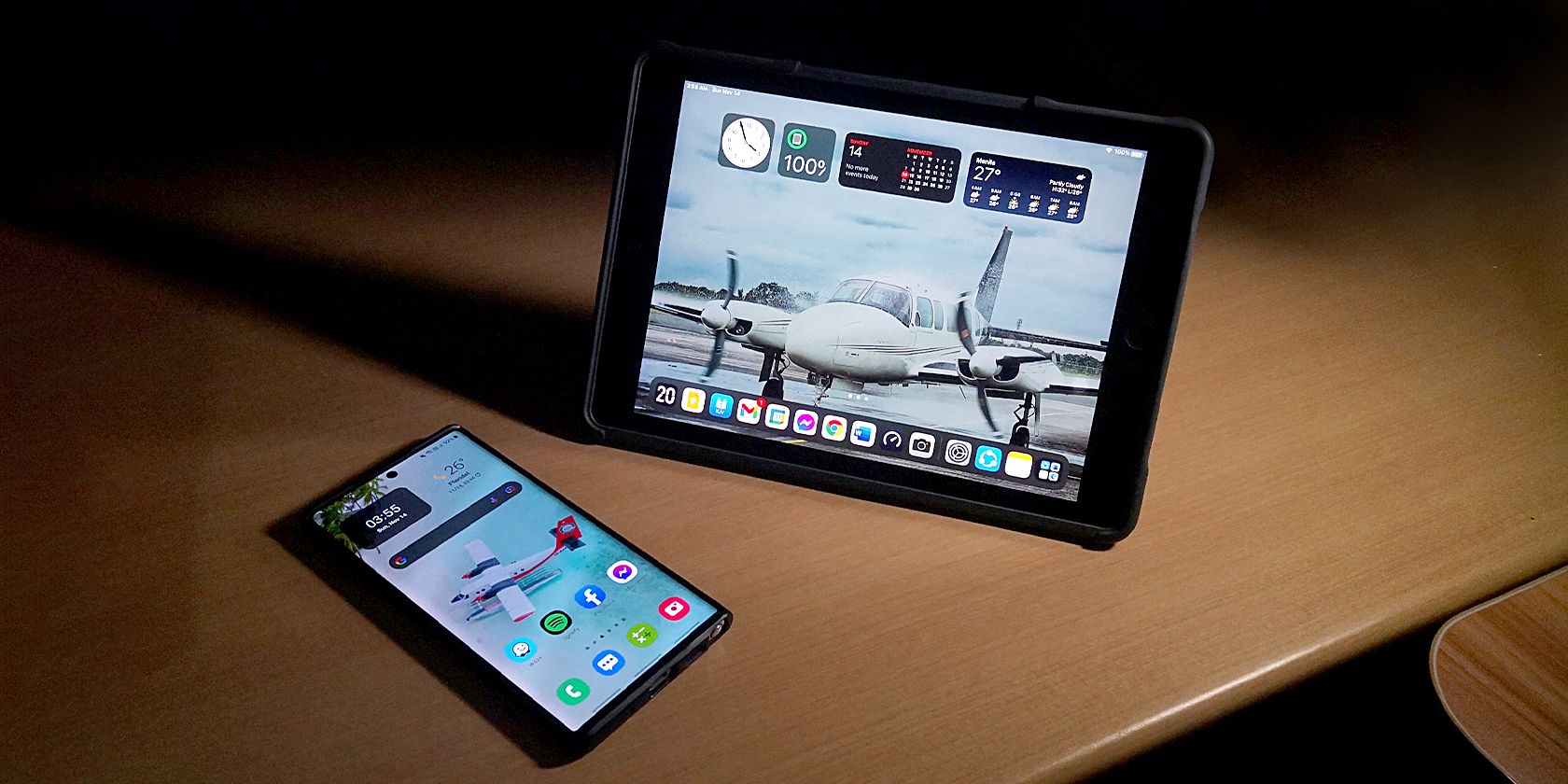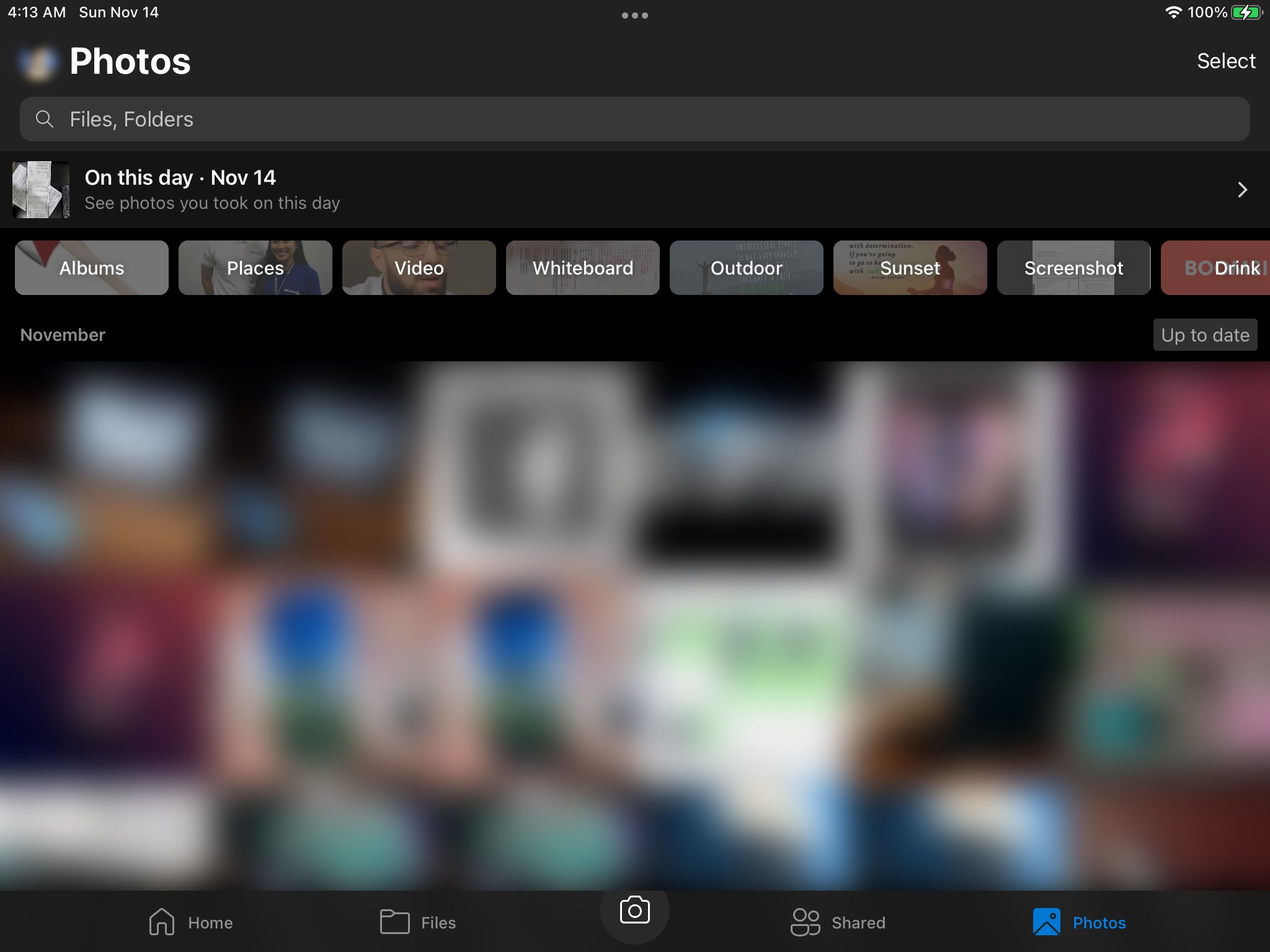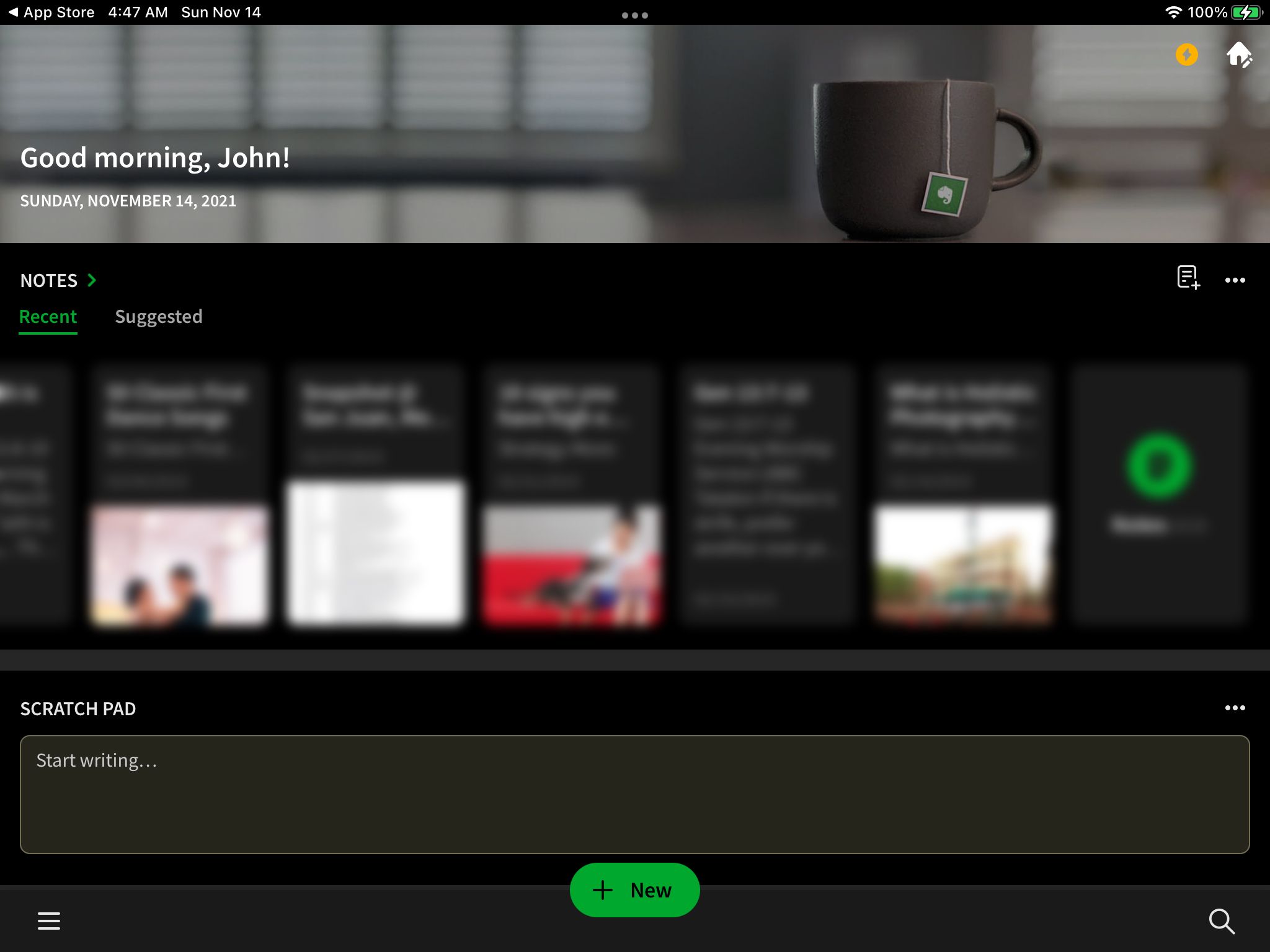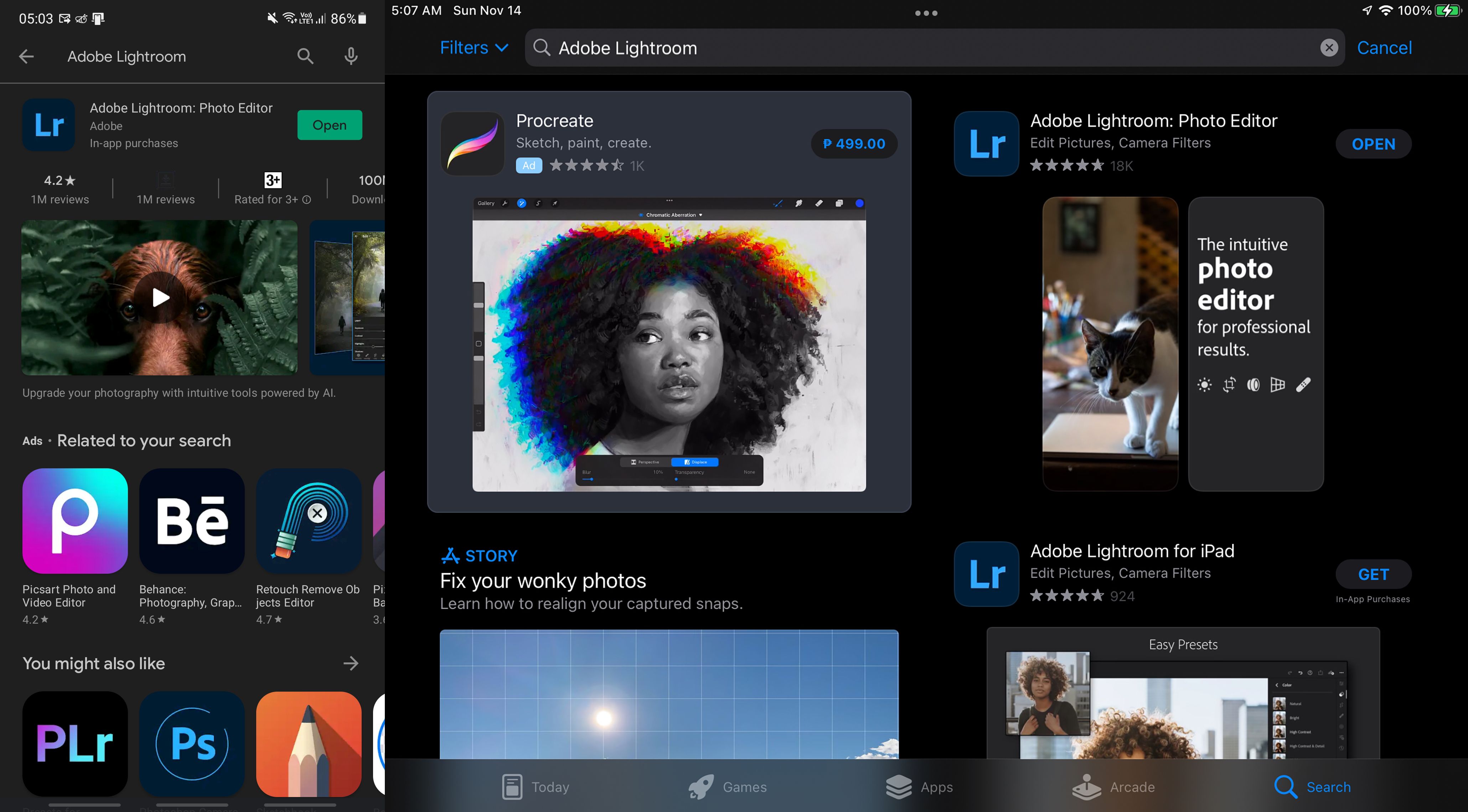If you have an Android phone and an iPad, you would naturally want to have easy access to all your data no matter what device you're using.
However, Google and Apple don't make it easy since they want you to stay with their respective platforms. Luckily, there's a way around these limitations.
Check out the solutions below to syncing your data and more across iOS and Android platforms.
Sync Your Photos and Videos in the Cloud
Most people take photos on their smartphones. That's because it's what they typically have in their pocket, plus the camera quality of these devices is usually much better.
However, it's probably better to view and edit your images on your iPad. Its bigger screen and Apple Pencil compatibility make photo touch-ups a breeze. And if you're working with video, the unprecedented power of the M1 iPad will definitely make editing far more convenient.
One of the easiest ways to share your photos from your Android smartphone to your iPad is via cloud storage. Services like Google Photos, OneDrive, and Dropbox are available on both the Google Play Store and the Apple App Store.
By installing these apps on both of your devices and activating their camera upload feature, you can view the images you take with your smartphone on your iPad and vice versa. The only requirement is that both devices are connected online to access the service's server.
Download: Google Photos for Android | iOS (Free, in-app purchases available)
Download: Microsoft OneDrive for Android | iOS (Free, in-app purchases available)
Download: Dropbox for Android | iOS (Free, in-app purchases available)
Unify Your Browsing Experience
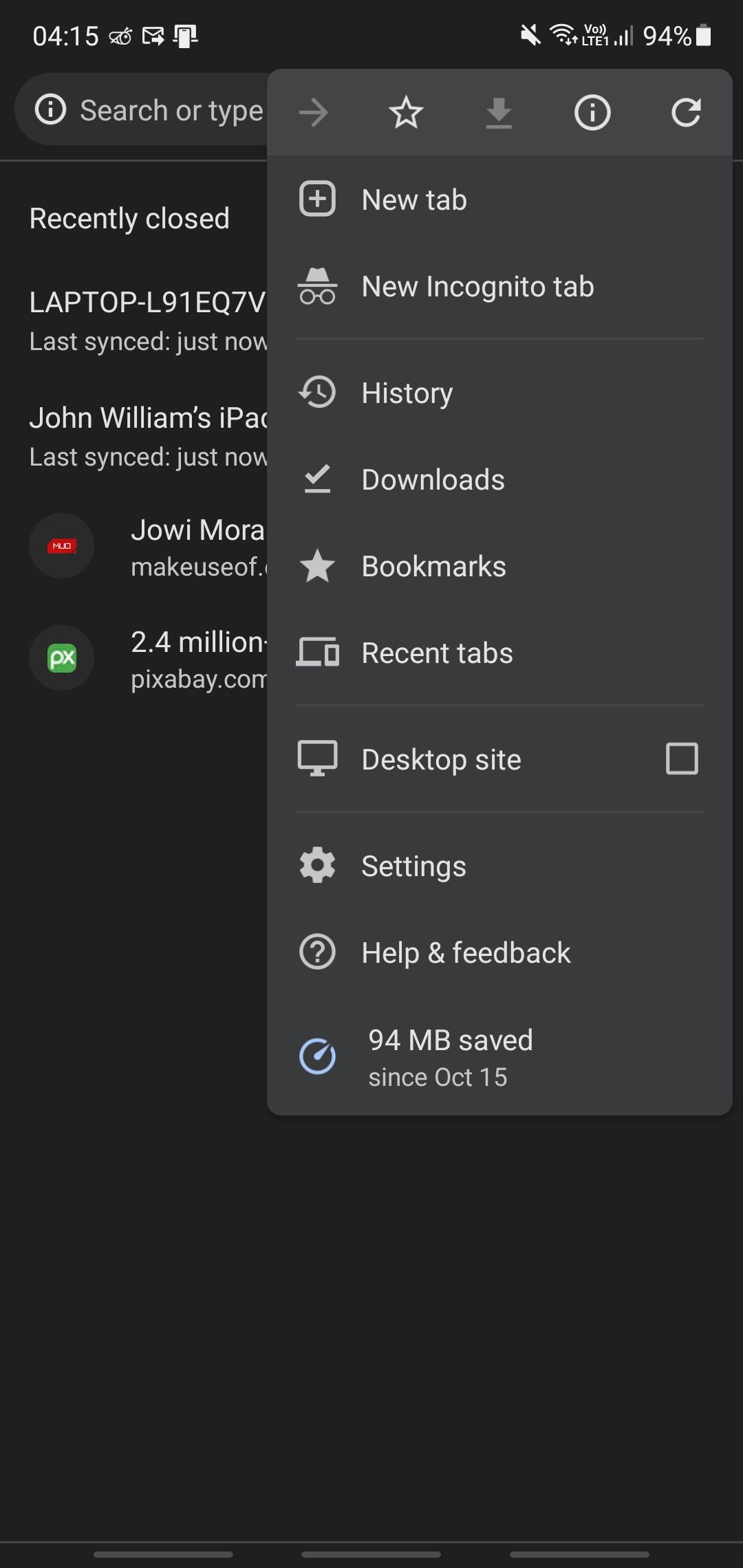
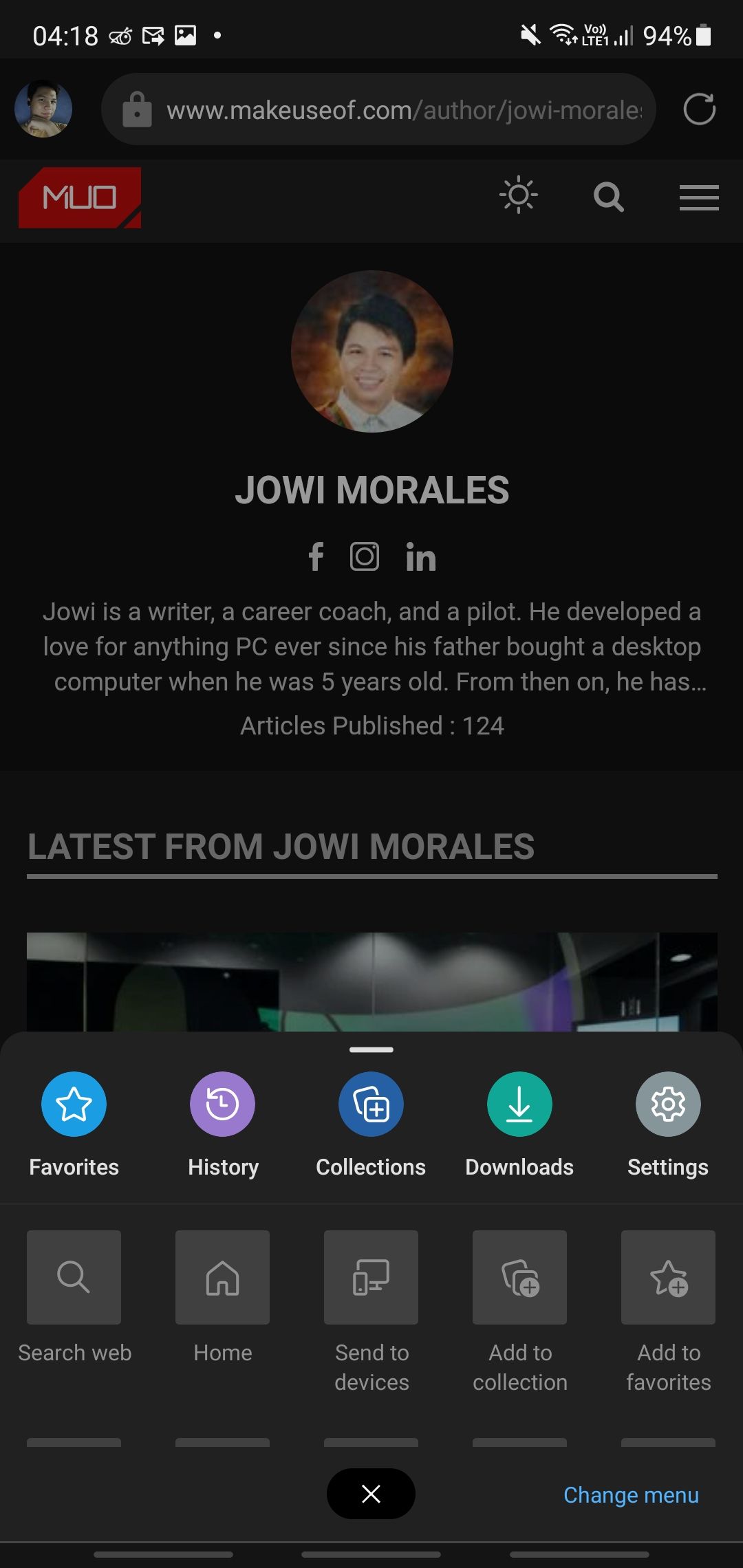
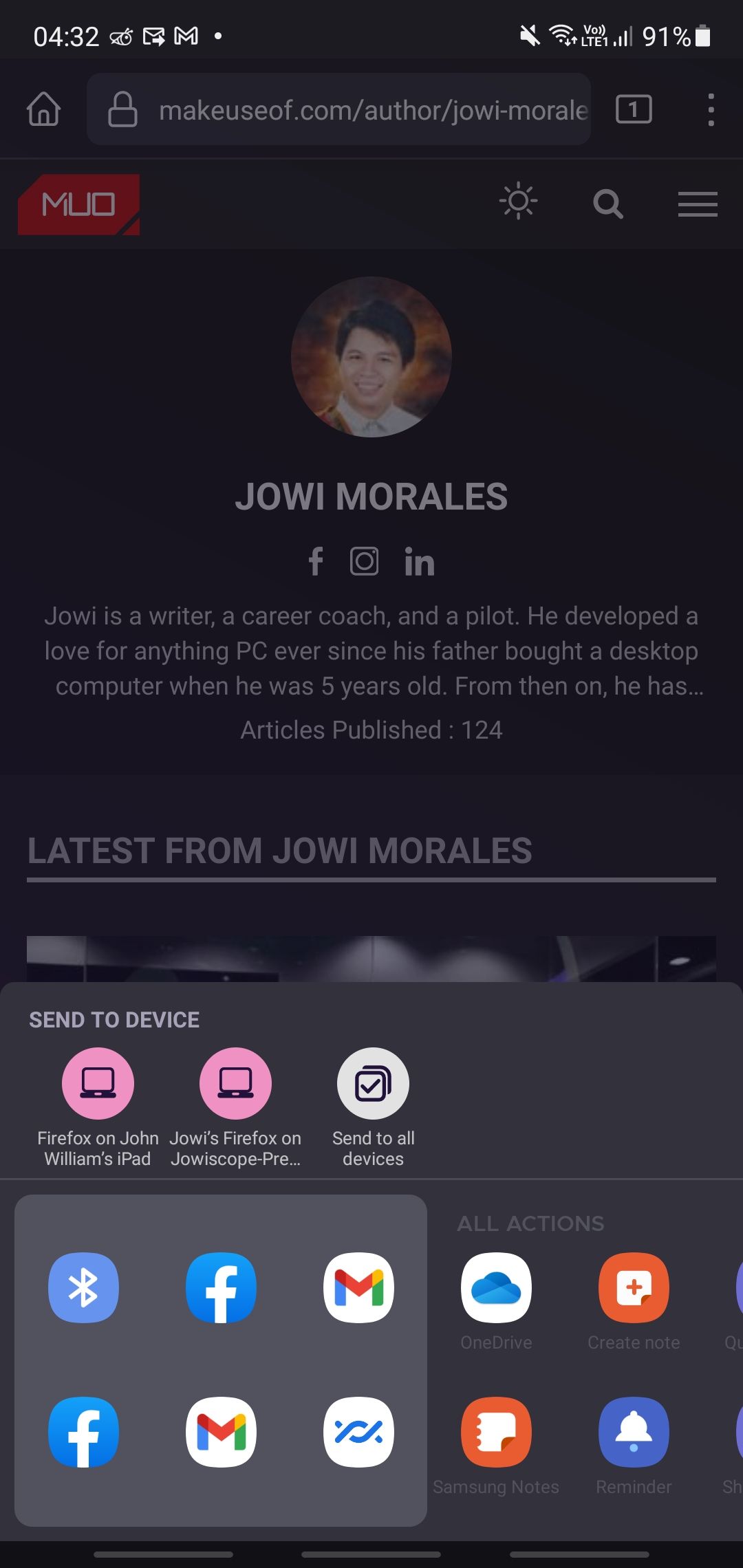
While it's practical to browse the net on your smartphone when you're on the road, you may want to switch to your tablet when you're stationary. The iPad's bigger screen lends well to loading web pages designed for desktop computers.
However, if you have a lot of tabs and bookmarks open, you may find it inconvenient to go around typing each page's URL individually on your tablet. So instead of doing that, you can instead use a browser that's available both on your phone and tablet.
Some browsers, like Google Chrome, Microsoft Edge, or Mozilla Firefox, let you log in with your respective account on both of your devices. Once you've done so, you can send your open tabs via the Recent tabs, Send to devices, or Share function.
Download: Google Chrome for Android | iOS (Free)
Download: Microsoft Edge for Android | iOS (Free)
Download: Firefox for Android | iOS (Free)
Saving Your Notes on Both Devices
Note-taking apps are handy little things that can help you get through your tasks. If ever there's something that you need to remember later, or if an idea pops in your head, then apps like these will help you out.
One good use case is if you're listing your to-do on your note app using your iPad. You can then synchronize your notes to your smartphone, so you don't miss a task as you go through the day.
And if you use your iPad to take class or meeting notes, you can then use your smartphone quickly to check these notes if you're reviewing while on the road or giving instructions to your executive assistant.
However, while Apple's Note app is a powerful tool, it, unfortunately, isn't available on Android. That's why you have to use apps available to both operating systems.
For example, you can download the popular Evernote app from both the Play Store and App Store, so you'll have access to whatever you jot down on whatever device. Microsoft's OneNote is also a viable alternative, especially if you have an active 365 subscription.
Sending Files From One Device to Another
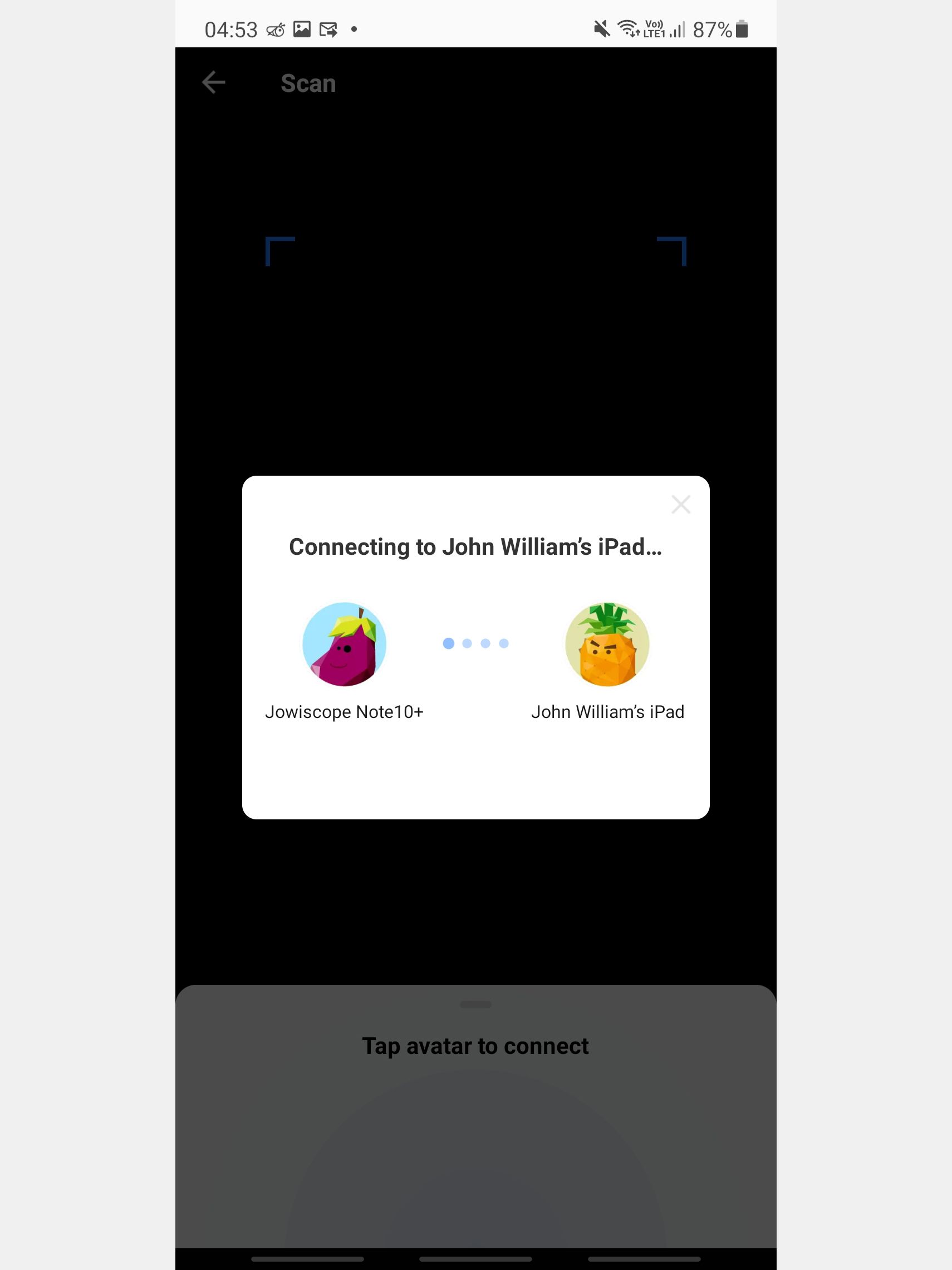
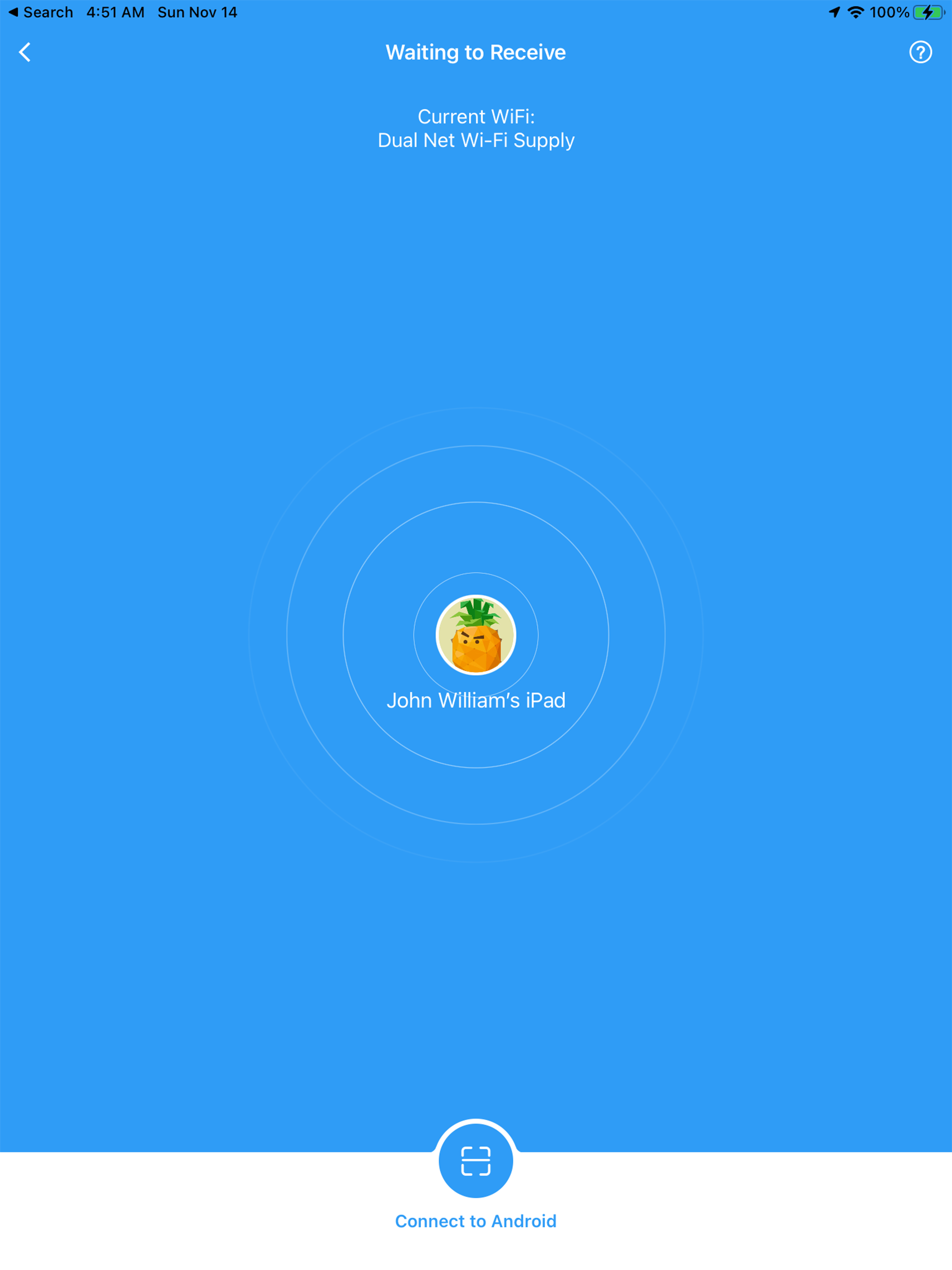
While using cloud services is an excellent way to keep your files available on both devices, there are times where this isn't practical. If you don't have fast internet access or are transferring gigabytes of data, it's sometimes much better to transfer files directly between devices.
Unfortunately, it can be challenging to connect an Android smartphone to an iOS device. Apple's AirDrop function doesn't work with non-Apple devices, so it's not a viable option. Good thing there are several substitute apps for that.
One of the more popular file-sharing apps for both Android and iOS is SHAREit. This app makes it convenient to share files between devices by connecting them via a direct Wi-Fi connection. And instead of manually connecting your smartphone and tablet, you can do it automatically via a QR code that the app generates.
Alternatively, you can connect your iPad directly to your smartphone via a Lightning/USB-C flash drive or through a USB-C to Lightning or USB-C to USB-C cable, depending on your iPad model. The latest iPadOS update has since made it easier to move files between devices.
Download: SHAREit for Android | iOS (Free, in-app purchases available)
Use Apps That Are Available on Both iOS and Android
The power and flexibility of both the Android smartphone and iPad mean that we've barely scratched the surface of their capabilities. So if you're using your gadgets for specific uses, like office productivity, artistic pursuit, or even gaming and leisure, ensure that the apps you're using are available on both Google Play Store and the Apple App Store.
For example, the Adobe Photography Plan, which includes Adobe Photoshop and Adobe Lightroom, utilizes Adobe's cloud servers to ensure you can continue your work on whatever device you're using—PC, Mac, iPadOS, Android, and even iOS.
Productivity apps like Microsoft 365 and Google Workspace also have great interoperability features, allowing you to seamlessly switch between devices, so you can keep your train of thought on the document you're working on.
This is true of many types of app—calendar apps, music streaming apps, navigation apps, and so on. Use the same app and log in with the same account, and your data should be available on both devices.
Use an iPad With Android
Both Android and iOS have their own pros and cons. Some users prefer Android because it's easier to customize and offers more advanced functionalities. Others prefer Apple devices because of their ease of use, better software optimization, and enhanced security.
While both companies strive hard to keep you tied to their ecosystem, there are several ways around the limitations they set. As long as both ecosystems have an ever-growing userbase, software developers have the incentive to develop apps for both operating systems.
And as governments increasingly step in to prevent monopolies and protect the consumer, then we can reliably use both Android smartphones and Apple iPads for our workflows in the foreseeable future.

